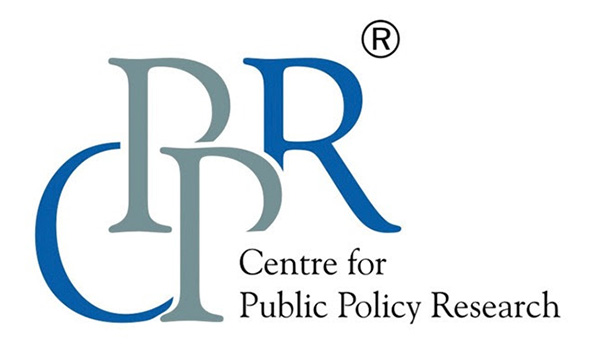CPPR in the News
D Dhanuraj of CPPR on Manorama News: Insights on Bihar Elections 2025
Catch D Dhanuraj, Chairman of CPPR, discussing the implications of the Bihar Election Results 2025 on Manorama News.

Policy-driven analysis on the Bihar election results 2025, where the BJP-led NDA won with an overwhelming majority!
The Bihar election results 2025 threw a surprise for everyone with the ruling NDA securing a landslide victory. The captured around 202 of the 243 seats in the Bihar Election Results 2025, with the BJP emerging as the single largest party (89 seats) and Nitish Kumar’s JD(U) close behind (85 seats). The opposing Mahagathbandhan (MGB)—led by the Rashtriya Janata Dal (RJD), with Congress, Vikassheel Insaan Party (VIP), and left parties like the CPI (M), CPI (ML) Liberation—was reduced to 35 seats.
Smaller NDA allies (notably Chirag Paswan’s Lok Janshakti Party (Ram Vilas) proved kingmakers in several constituencies. Whereas the new third front, Prashant Kishor’s Jan Suraj Party, which had contested separately, lost miserably. The result signals both a recalibration of coalition arithmetic (greater BJP leverage within NDA) and a partial move away from rigid identity voting toward performance and local governance narratives — trends that will shape party strategies and alliance calculations in Bihar and beyond.
D Dhanuraj, Chairman of Centre for Public Policy Research (CPPR), appeared on Manorama News to offer expert commentary on the aftermath of the Bihar election results 2025. Drawing on CPPR’s focus on governance, economic reform, and regional policy dynamics, he highlighted three key observations:
- Voter behaviour and regional dynamics – He discussed how shifting alliances, candidate profiles and local issues shaped voter turnout and preference patterns in Bihar.
- Economic and livelihood implications – Linking election results with development indicators, he analysed how electoral outcomes may impact policy on employment, agriculture and infrastructure in the state.
- National and federal ramifications – He reflected on how the Bihar verdict may influence centre-state relations, coalition politics and the broader landscape of Indian democracy.
Watch the full discussion on Manorama’s youtube channel here.
Views expressed by the author are personal and need not reflect or represent the views of the Centre for Public Policy Research.


